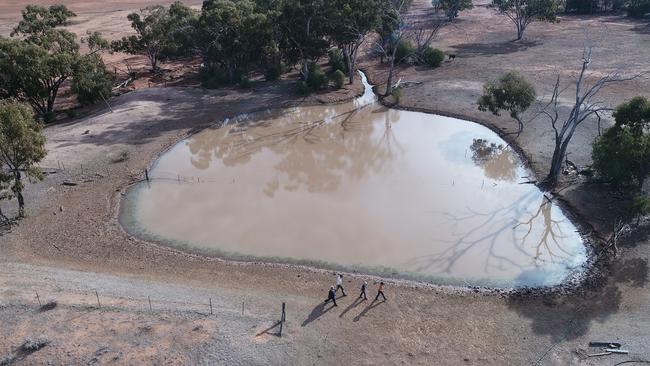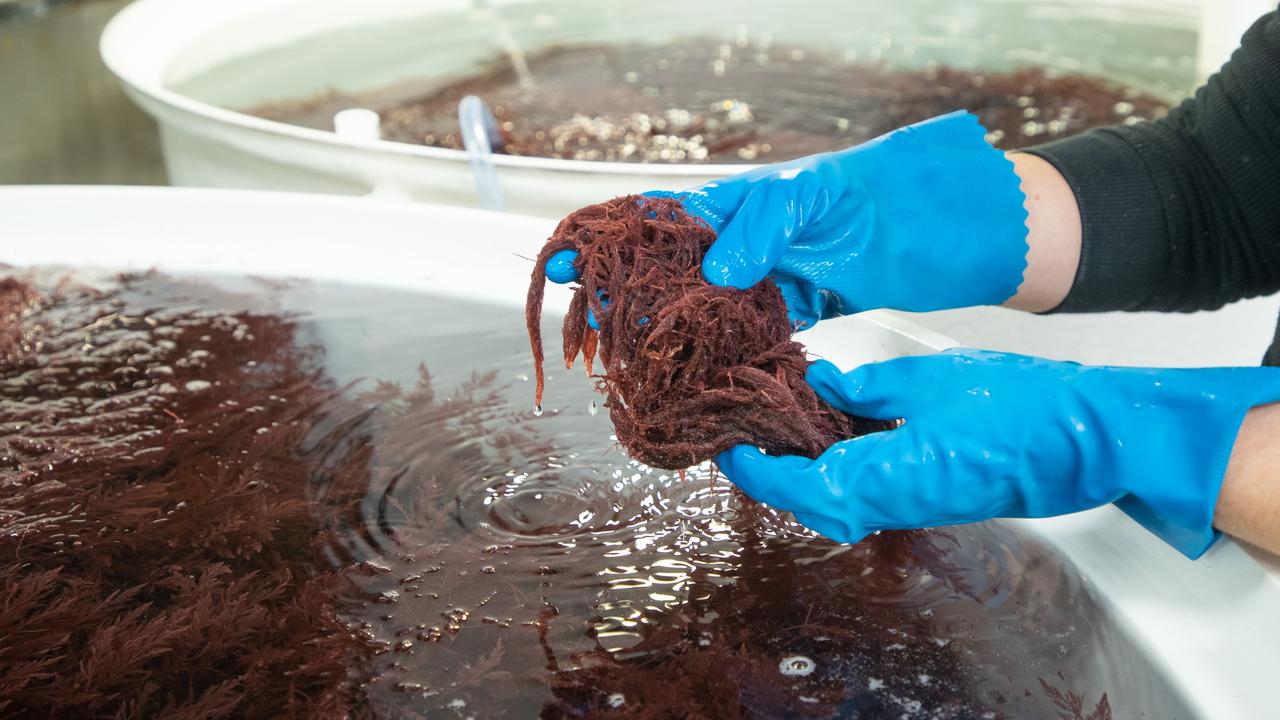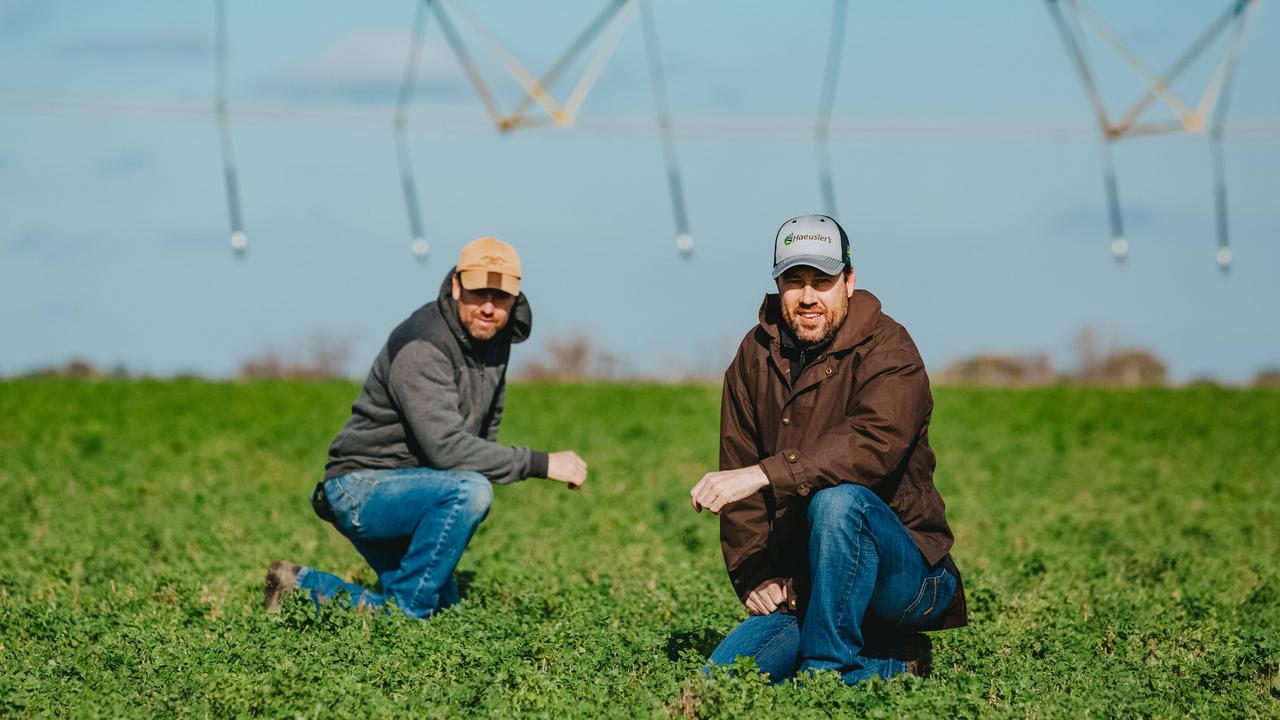How to plan and build a farm dam
COLLECT and hold your farm’s most precious resource by building a dam the right way

BUILDING a farm dam is certainly not as simple as just digging a hole and hoping it fills. Careful planning, as well as seeking the right advice, are keys to making a farm dam an asset and not a liability.
To get it right, you need to do two things: make a checklist and understand compaction.
CHECK MATE
Before any plans are finalised or earthmoving equipment fires up, it is important to go through a checklist to make sure you are actually allowed to dig a dam.
Water that falls on your farm is yours. And, it’s not yours. The rules about this are as murky as some of the water in farm dams.
The first point of call, according to Agriculture Victoria’s Clem Sturmfels, is to go the local rural water authority.
You should, of course, choose a site that is able to harvest water, but creating a dam cannot involve taking major flows away from existing watercourses. This causes angst among some people, who feel that the water that falls on their land belongs to them, but if everyone built dams in every valley, then rivers and creeks would rarely run.
Regardless of your stance, it is vital to check with the local water authority. These include Southern Rural Water, Goulburn-Murray Water, Grampians Wimmera Mallee Water, Lower Murray Water and Melbourne Water.
Mr Sturmfels said checking with the water authorities should be done before “a peg is even put in the ground”. He advised the next port of call is to contact your local council planning officer to see if a planning permit is required. “As a general rule, small farm dams for stock and domestic use, with small catchment areas in rural zones, may not need approval but those building them must check first,” Mr Sturmfels said.
LINE OF SITE
The best site for a farm dam is one where there is the greatest chance of it filling, and then holding water. Only a tiny proportion, about 6 per cent, of water that falls on a paddock ends up running off. To ensure your dam fills in most years, a catchment area of 5-10 hectares is recommended for each megalitre of water stored in your dam.
Choose a site where the valley has a slope of about 6 per cent (that’s a six-metre fall over 100m).
Take advice from contractors, but make sure those you employ also listen to you. Sometimes they may want to just get the job done and are more interested in bringing in heavy machinery than spending time to work out where the best site is.
Don’t be afraid to call staff from your local water authority or Agriculture Victoria, who may also be able to help.
Small dams less, than three metres deep, lose about 60 per cent of their volume each year due to evaporation. A medium-sized dam that is five metres deep, on the other hand, loses about 40 per cent of its volume each year due to evaporation. One large, deep dam (and piping) is much more efficient than lots of small dams.
COMPACTING FACTORS
The prime reason a dam works can be summed up in one word – compaction.
Mr Sturmfels said about one in four new farm dams built above ground level – such as gully, hillside and turkey’s nest dams – fail.
They fail due to poor construction, poor soils or a combination of both. Excavated ground tanks can also leak due to gravel seams or poor soil types.
Soil compaction in the bank that holds back water across a gully is essential for making a dam hold water. Careful site preparation and a good core trench is also important.
Adequate soil moisture is required for the highest compaction possible, and the soil needs to be “plastic”, which means have the ability to be rolled in a ball and hold its shape.
If the soil is dry, it’s best to down tools and wait. A water cart or irrigation system can add moisture, but it also adds a lot of cost.
TAKING OUT A CONTRACT
While some may think it is time to dial up a bulldozer operator when they want to build a dam, dozers are probably the least helpful pieces of equipment.
A scraper, similar to those used to build roads, takes a small layer of soil off while compacting the remaining area and will give the best result. Hiring one will cost about $200 an hour. A similar job can be done by a contractor with a four-wheel drive tractor that can tow a smaller version of the scraper.
A self-propelled pad foot roller combined with bulldozer can also do a good job.
SOILS AIN’T SOILS
The right soil type to build a dam bank is also essential. Clay is important, but should not compose more than about 30 per cent of a dam bank wall, as it turns to quicksand when it becomes very wet, and the dam bank will fail or burst.
A mix of clay, gravel, coarse and fine sand and silt will produce the strongest dam wall and keep the water that has been caught in storage. Mr Sturmfels said this mix was similar to what is used to build a durable farm track.
He recommends putting a layer of top soil on the dam bank to grow grass, which will stabilise the area and lessen the chances of damage when it gets wet.
SAFETY FIRST
Farm dam owners are legally responsible for the safety of their dams and accountable for the damage these dams may cause if they fail. There are significant safety issues associated with large dams. All large dams need to be designed and the construction supervised by a suitably qualified engineer. They also require regular inspection and maintenance.
Agriculture journalist Fiona Myers has expertise in livestock and wool.
BUILD LIST
■ A catchment area of 5-10 hectares is needed for each megalitre of storage.
■ Contour banks or drains can dramatically lift the collection of water but may need a permit from the local water authority.
■ A gently sloping valley with well-defined banks will usually provide the best storage-to-excavation ratio.
■ Select a wide, flat, grassed area for a dam spillway.
■ The site should be free of native vegetation and have no evidence of cultural heritage.
■ Keep your dam away from utility services such as power, communication and gas.
Source: Agriculture Victoria


